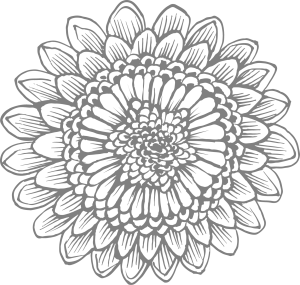COLONNELLA
Numerous festivals take place throughout the year, one of the oldest being the Manoppi festival, which takes place on the second Sunday in July. From Saturday onwards, the feast honours Our Lady of Suffrage.
To the religious name of the festival is added the secular name of Manoppi. The reason for this is almost certainly that the offerings made by the townspeople for the feast were not in money but in kind, i.e. in grain, precisely because the feast fell at the end of the threshing season. Even today, the main event is the procession of the statue of the Madonna, which takes place at noon on Sunday. In ancient times and up to the present day, in addition to the procession, there was also the ‘carrate’, a parade of agricultural carts decorated with sheaves of grain and pulled by oxen also decorated with ribbons and bells.
There were five or six carts in total and they were made by the largest landowners in Colonnella, such as the Volpi, Barnabei, Catenacci, Crescenzi and Flaiani families. The practical implementation, however, was the responsibility of the farmers who depended on the various families.
In order to build the ‘carts’, the ears of grain had to be chosen appropriately and then placed on the carts. The construction of a cart could take up to eight days. Very often, the statue of the Madonna was reproduced on the cart with the ears of corn. On the feast day, the carts pulled by oxen entered the village and reached the square to await the procession.
At the end of the parade, there were awards and prizes for the most beautiful and the most thoughtful carts, i.e. those containing the most grain.

VIDEO
IMAGE GALLERY


COLONNELLA
Numerous festivals take place throughout the year, one of the oldest being the Manoppi festival, which takes place on the second Sunday in July. From Saturday onwards, the feast honours Our Lady of Suffrage.
To the religious name of the festival is added the secular name of Manoppi. The reason for this is almost certainly that the offerings made by the townspeople for the feast were not in money but in kind, i.e. in grain, precisely because the feast fell at the end of the threshing season. Even today, the main event is the procession of the statue of the Madonna, which takes place at noon on Sunday. In ancient times and up to the present day, in addition to the procession, there was also the ‘carrate’, a parade of agricultural carts decorated with sheaves of grain and pulled by oxen also decorated with ribbons and bells.
There were five or six carts in total and they were made by the largest landowners in Colonnella, such as the Volpi, Barnabei, Catenacci, Crescenzi and Flaiani families. The practical implementation, however, was the responsibility of the farmers who depended on the various families.
In order to build the ‘carts’, the ears of grain had to be chosen appropriately and then placed on the carts. The construction of a cart could take up to eight days. Very often, the statue of the Madonna was reproduced on the cart with the ears of corn. On the feast day, the carts pulled by oxen entered the village and reached the square to await the procession.
At the end of the parade, there were awards and prizes for the most beautiful and the most thoughtful carts, i.e. those containing the most grain.
VIDEO
IMAGE GALLERY